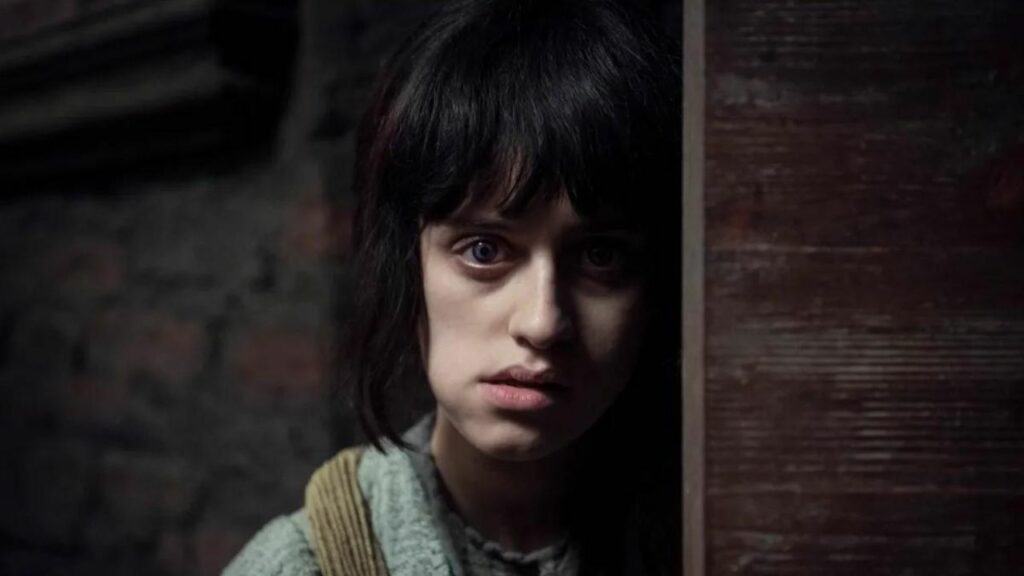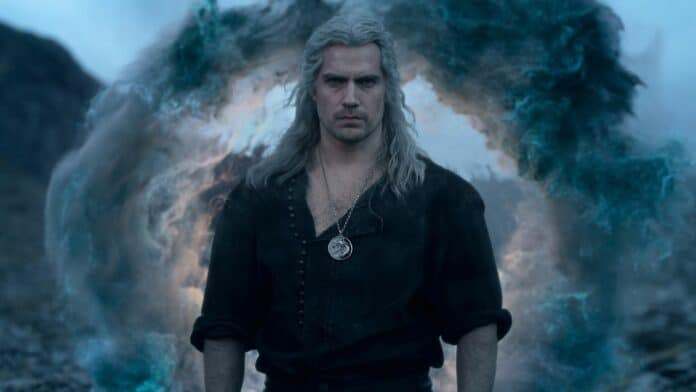In The Witcher, a brooding witcher known as Geralt of Rivia, navigates a world full of monsters, treacherous politics, magic, and destiny, intertwining with a sorceress and a mysterious princess.
Netflix’s adaptation of The Witcher, inspired by Andrzej Sapkowski’s acclaimed book series, has created a significant buzz with its unique blend of fantasy, drama, and action.
While the series remains true to the spirit of the books, significant differences have been noted by fans and critics alike. Let’s explore five of the most prominent ones:
1. Timeline Structure
The show’s non-linear timeline is a notable departure from the books. While it adds a layer of complexity and mystery, intertwining the stories of Geralt, Yennefer, and Ciri, it can be initially confusing for viewers.
The books, in contrast, adopt a more chronological approach, providing a straightforward narrative.
This difference in storytelling technique allows the series to keep viewers engaged through suspense and surprise reveals.
2. Character Backstories and Development
In Netflix’s The Witcher, there is a greater focus on the backstories of characters like Yennefer and Ciri.
Yennefer’s journey, from a disadvantaged girl to a formidable sorceress, is explored in depth, giving viewers a comprehensive understanding of her motivations and struggles.

Similarly, Ciri’s character is fleshed out more, with an emphasis on her coming-of-age story and her gradual discovery of her powers, providing a richer character arc than in the books.
3. Ciri’s Journey
Ciri’s portrayal in the series is significantly altered. In the books, her training at Kaer Morhen and the gradual development of her relationship with Geralt form a substantial part of her story.
The show, however, fast-tracks her story, quickly intertwining her fate with Geralt’s. This change not only accelerates the plot but also focuses more on Ciri’s inherent magical abilities and her destiny, which is central to the saga.
4. The Role of Jaskier
The character of Jaskier in the series is given a more significant and entertaining role compared to the books.
His comedic timing and light-hearted demeanor provide a necessary balance to the otherwise dark and intense narrative. His songs, particularly “Toss a Coin to Your Witcher,” have become cultural phenomena, showcasing the show’s impact beyond the screen.
5. New Characters and Plot Lines
The introduction of new characters and plot lines in Netflix’s The Witcher is a bold move.
These additions allow the series to explore a wider range of themes and relationships, adding complexity to the narrative.
For example, the character of Istredd provides a deeper insight into Yennefer’s emotional world.
While these changes add new dimensions to the story, they also represent a significant departure from Sapkowski’s original work, sparking debate among fans.
In expanding the universe of The Witcher, Netflix’s adaptation has taken creative liberties that have both enhanced the storytelling and brought in fresh perspectives.
While these changes may have altered the narrative from the books, they have undoubtedly contributed to making the series accessible and engaging to a global audience.
The series not only pays homage to the original saga but also stands on its own as a compelling work of fantasy.
Also Read: Geralt of Rivia: A redefining take on the lone wolf

